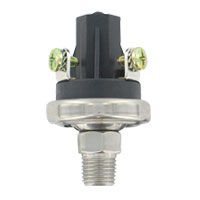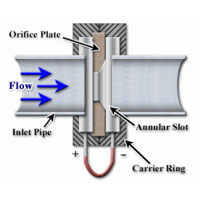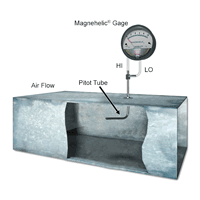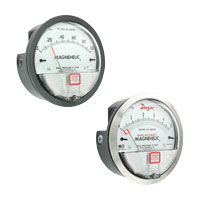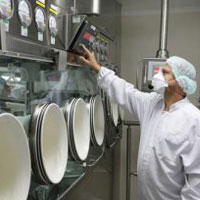Have you ever noticed that some pressure sensors have units listed in PSIG 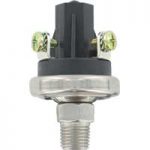 while others list PSIA? There are numerous applications where pressure sensors are used and some applications require a different reference to ensure the most accurate pressure measurement. Continue reading “What is Absolute Pressure and When to Consider Using an Absolute Pressure Sensor?”
while others list PSIA? There are numerous applications where pressure sensors are used and some applications require a different reference to ensure the most accurate pressure measurement. Continue reading “What is Absolute Pressure and When to Consider Using an Absolute Pressure Sensor?”
Flow Measurement with Orifice Plates
Dwyer Instruments, Inc. offers many types of flow measuring products including orifice plates, which are used as a flow sensing element with a differential pressure monitor.
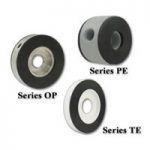
Orifice plates are a primary flow element, detecting the flow of a fluid passing through the plate by sensing the pressure drop across the plate. When a fluid flows through a restriction in a pipe, it creates a pressure difference between upstream and downstream of the restriction. This pressure difference is proportional to flow rate according to Bernoulli’s principal, similar to a Pitot tube. Orifice plates are commonly used as they are simple to use, low cost, work with gases or liquids, and require low maintenance. Adversely, they do have large pressure losses with about 50% of the pressure drop not recoverable. Continue reading “Flow Measurement with Orifice Plates”
Custom Scales for Differential Pressure Gages
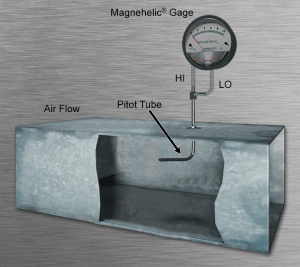
A common flow measuring application is using a Magnehelic® Differential Pressure Gage with a Pitot Tube to measure velocity pressure. This velocity pressure can then be easily converted into velocity or flow rate. Continue reading “Custom Scales for Differential Pressure Gages”
Ask the Expert – Monitoring Air Filters
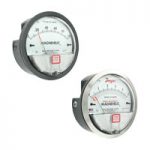
Question: Is there a kit I can buy with the Magnehelic® Differential Pressure Gage for monitoring air filters, so that I don’t have to buy all the tubing, static pressure tips, and a bracket separately?
The Operation of Gages and Switches in Hazardous Environments
In many industrial processes, the materials and the end product or by-products 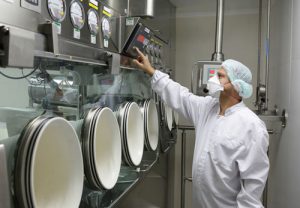 of the process, such as dust or vapors, can create conditions for a hazardous environment. Processes that have potential for hazardous environments include: water treatment, oil drilling, gas and chemical processing, power generation, pharmaceutical, and food manufacturing. The measurement and control of these processes are essential in maintaining optimal conditions of the manufacturing system and preventing catastrophic events. Continue reading “The Operation of Gages and Switches in Hazardous Environments”
of the process, such as dust or vapors, can create conditions for a hazardous environment. Processes that have potential for hazardous environments include: water treatment, oil drilling, gas and chemical processing, power generation, pharmaceutical, and food manufacturing. The measurement and control of these processes are essential in maintaining optimal conditions of the manufacturing system and preventing catastrophic events. Continue reading “The Operation of Gages and Switches in Hazardous Environments”

